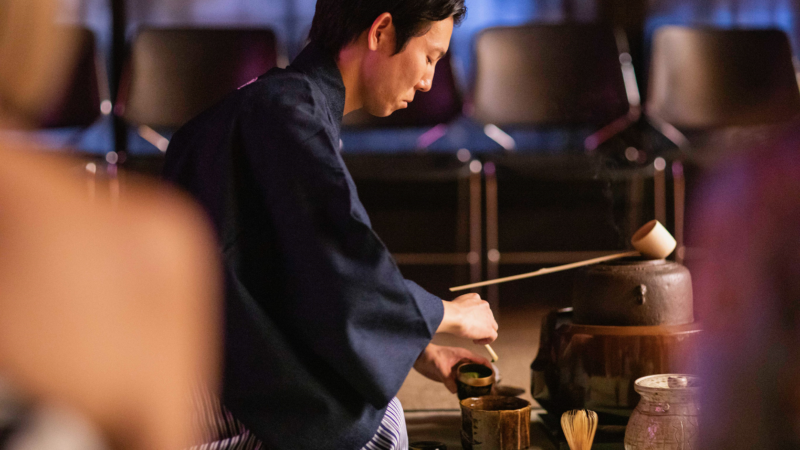Deborah Klens-Bigman, Ph.D. ◆ January 8, 2016

As I explained in an earlier post, having a plan of defense/counter attack is an important part of the bunkai for many iaido kata. The iaidoka often waits patiently for the attacker to commit to a particular technique before reacting. The idea is that moving to counter too soon would cause the attacker to break off and try something else. This type of training induces a certain calmness of mind and sense of space and timing.
Much of this training, in which one waits or reacts to an opponent, contravenes what we might think of as the best way to defend ourselves. My first thought, personally, is to run. In fact, my teacher, Otani Yoshiteru, once said that avoiding trouble (by whatever means) is the essence of budo practice. But running away does not make for much of a kata. The assumption of most koryu bunkai is that running is somehow not an option, and the kata gives us one or more probable paths to resolving the situation.
It seems counterintuitive, but one tactic that is especially employed in jodo kata is to stay in contact with your opponent. For example, in the technique dobaraiuchi, the jodoka blocks tachi’s cut to the do (midsection of the body, often under the arm, above the hip but below the ribcage) but does not retract the leading foot. I used to think this was very odd; wouldn’t you want to put some distance between yourself and the sword? But you don’t. If you lose contact with the sword in dobraiuchi, you no longer have a tactile sense of where the sword is, and the swordsman, free of the jo, is able to try another technique which the jodoka may not so easily counter. The jodoka stays in contact with the opponent’s sword until she is able to switch her kamae and hit the attacker’s sword, effectively turning the tables on him. According to the technique, after hitting the attacker’s sword, the jodoka chases down the opponent.
Some techniques are simply provocations, and are also based on contact. In kuritsuke, the jodoka stops the swordsman’s overhead cut and then pins the swordsman’s wrists. The swordsman cannot advance any closer to the jodoka, nor can he move backward, as the jodoka will simply follow him with the pin. His only choice is to first turn towards the jodoka and then back away directly, giving the jodoka more options to defeat him.
Which brings up an important point about jodo. Jodo was originally a police art. Therefore, attempting to flee an attacker is not the jodoka’s job. Instead, the jodoka must overpower the swordsman in some way and convince him to give up the fight. While there are defensive jodo kata, there are also kata where the jodoka actually starts the altercation. In the kata Tachiotoshi, the jodoka and swordsman are standing with weapons crossed. Nothing will happen in its own, so the jodoka steps around the attacker’s sword in order to strike at his head. The swordsman blocks the strike, and, in turn, counterattacks the jodoka. In Kasumi, the kata begins with the jodoka striking the opponent’s sword, causing him to back up and then step back in with a counterattack. Clearly both of these acts are designed to provoke the swordsman to react, because the jodoka’s job is to stop the swordsman, not just to defend himself.
I look at the paired classes of iaido (swordsmanship) and jodo as complementary opposites. Most budoka consider the sword to be the queen of weapons – strong, sharp and flexible. However, in the right hands, a simple stick can defeat a sword. No one ever always wins.




